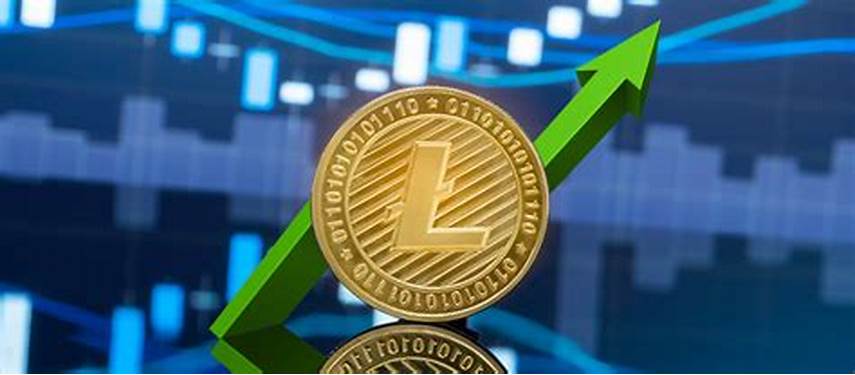After a market-wide crash in mid-August, Litecoin saw a significant price drop. However, unlike some other cryptocurrencies, LTC quickly bounced back, sparking optimism among investors. But will this positive momentum last? Let’s analyze recent price action, holder behavior, and network activity to gauge Litecoin’s outlook.
Litecoin Shows Resilience After Crash
When the crypto market plunged in August, Litecoin fell from $81 to $60 within days. Yet soon after, LTC rallied 8% over two days, climbing back to $67. While it has stabilized since then, Litecoin’s swift recovery stands out. Sudden crashes don’t have to lead to prolonged bearishness. LTC’s ability to rebound rapidly is a promising sign of strength.
Long-Term Holders Remain Confident
Some indicators pointed to a bearish post-halving outlook for Litecoin. But long-term LTC holders are unfazed. Their numbers are growing, likely fueling the price bounceback. If this cohort keeps expanding, Litecoin could return to $100. Though weekly technicals are bearish, LTC may continue momentum if the $50 support holds. Price predictions suggest high volatility between $75 and $185 this year. Steady long-term holders offer optimism.
Network Activity Hits Milestones
In more positive news, Litecoin just logged its 175 millionth transaction! Last year saw 39 million total transactions, while 2023 has already reached 46 million, shattering records. Surging network activity hints at strengthening utility and adoption.
So while risks remain, Litecoin’s quick recovery, stalwart holders, and transaction growth provide reasons for tempered optimism. The coming months will prove whether this momentum is sustainable.
LATEST POSTS
- Binance Coin Rises in Market Cap Rankings After Surpassing XRP
- X2 Token Sees Brief Price Spike Before Sharp Decline, Raising Concerns Over Sustainability
- The Sandbox(SAND) and Chainlink(LINK) See Gains, While Newcomer Pomerdoge Aims for Bigger Returns
- SmarDex (SDEX) Explores Innovations in DeFi With Multi-Chain Expansion
- Large Transactions Seen in Uniswap (UNI) – What Could This Mean?


